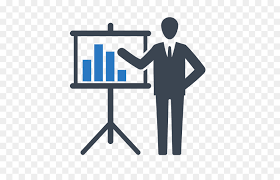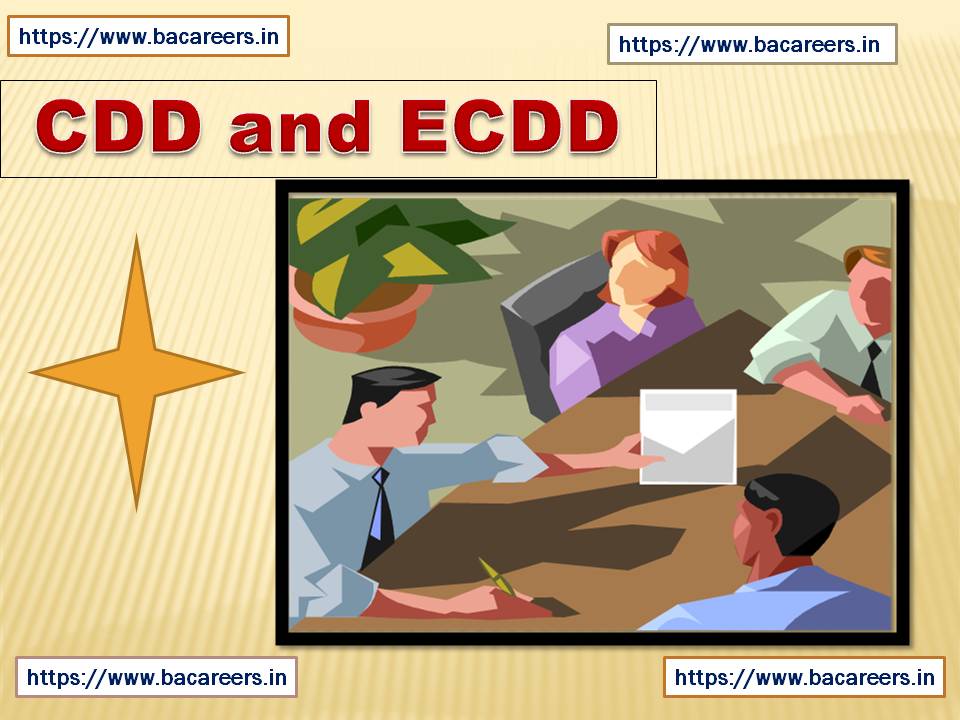How to write User stories
Let us discuss here how to write user stories and what are 3 C’s of User Story.

User Stories and how to write user Stories
When we are working on agile process (methodology), user stories are very important. Because we have to write requirements as a user story to understand easily.
To write user stories first we need to understand who the user/Actor is and what his role in application is and what actions user will perform by using this product.
- User story should be understandable
- And User story should be Testable.
Usually product owner will write the user stories with the help of the team, team will participate on discussions to understand what the requirement is clearly.
A User Story has three primary components. Before writing user story we must understand below.
- Who is the user?
- What action he will perform?
- What outcome or benefit he will get?
Sample BA Document Templates
FREE DOWNLOAD |
This is the standard template using to write user stories.
- As a <user role> of the product,
- I can <action>
In other words, the written text of the story, the invitation to a conversation, must address the “who”, “what” and “why” of the story.
What are The Three ‘C’s of User Story
- Card: The Card, or written text of the User Story is best understood as an invitation to conversation.
- Conversation. The collaborative conversation facilitated by the Product Owner which involves all stakeholders and the team.
- Confirmation.
Let us discuss in detail below what are the 3 C’s of User Story
Discussions/ Team meetings:
The collaborative conversation facilitated by the Product Owner / Scrum master which involves all stakeholders and the team.
As much as possible, this is an in-person conversation.
The conversation is where the real value of the story lies, and the written Card should be adjusted to reflect the current shared understanding of this conversation.
This conversation is mostly verbal but most often supported by documentation and ideally automated tests of various sorts
Confirmation
The Product Owner must confirm that the story is complete before it can be considered “done”
The team and the Product Owner check the “done status” of each story in light of the Team’s current definition of “done” .Specific acceptance criteria that is different from the current definition of “done” can be established for individual stories, but the current criteria must be well understood and agreed to by the Team. All associated acceptance tests should be in a passing state.
Sample BA Document Templates
FREE DOWNLOAD |
INVESTii
The test for determining whether or not a story is well understood and ready for the team to start working on it is the INVEST acronym:
- Independent — The story should be independent.
- Negotiable — Can this story be changed or removed without impact to everything else?
- Valuable — Does this story have value to the end user?
- Estimable — Can you estimate the size of the story?
- Small —Is it small enough?
- Testable — User story should be testable.
User Stories FAQ
What is a user story in Agile?
A user story is a tool used in Agile software development to capture a description of a software feature from an end user perspective. The user story describes the type of user, what they want and why. … A user story can be considered a starting point to a conversation that establishes the real product requirement.
What are 3 C's in user stories?
The Three ‘C’s
This discovery occurs through conversation and collaboration around user stories. In other words, the written text of the story, the invitation to a conversation, must address the “who”, “what” and “why” of the story
What are the characteristics of a user story?
The INVEST acronym, given by Bill Wake, suggests characteristics of good user stories. The acronym stands for Independent, Negotiable, Valuable, Estimative, Small, and Testable. Let us examine each characteristic in detail. User Stories are often inherently dependent on each other
Who writes a user story?
Anyone can write user stories. It’s the product owner’s responsibility to make sure a product backlog of agile user stories exists, but that doesn’t mean that the product owner is the one who writes them. Over the course of a good agile project, you should expect to have user story examples written by each team member.
How do you define a user story?
A user story is a tool used in Agile software development to capture a description of a software feature from an end-user perspective. A user story describes the type of user, what they want and why. A user story helps to create a simplified description of a requirement
Are user stories requirements?
A User Story is a requirement expressed from the perspective of an end-user goal. User Stories may also be referred to as Epics, Themes or features but all follow the same format. A User Story is really just a well-expressed requirement. … It defines the requirement in language that has meaning for that role
Business Analyst , Functional Consultant, Provide Training on Business Analysis and SDLC Methodologies.





